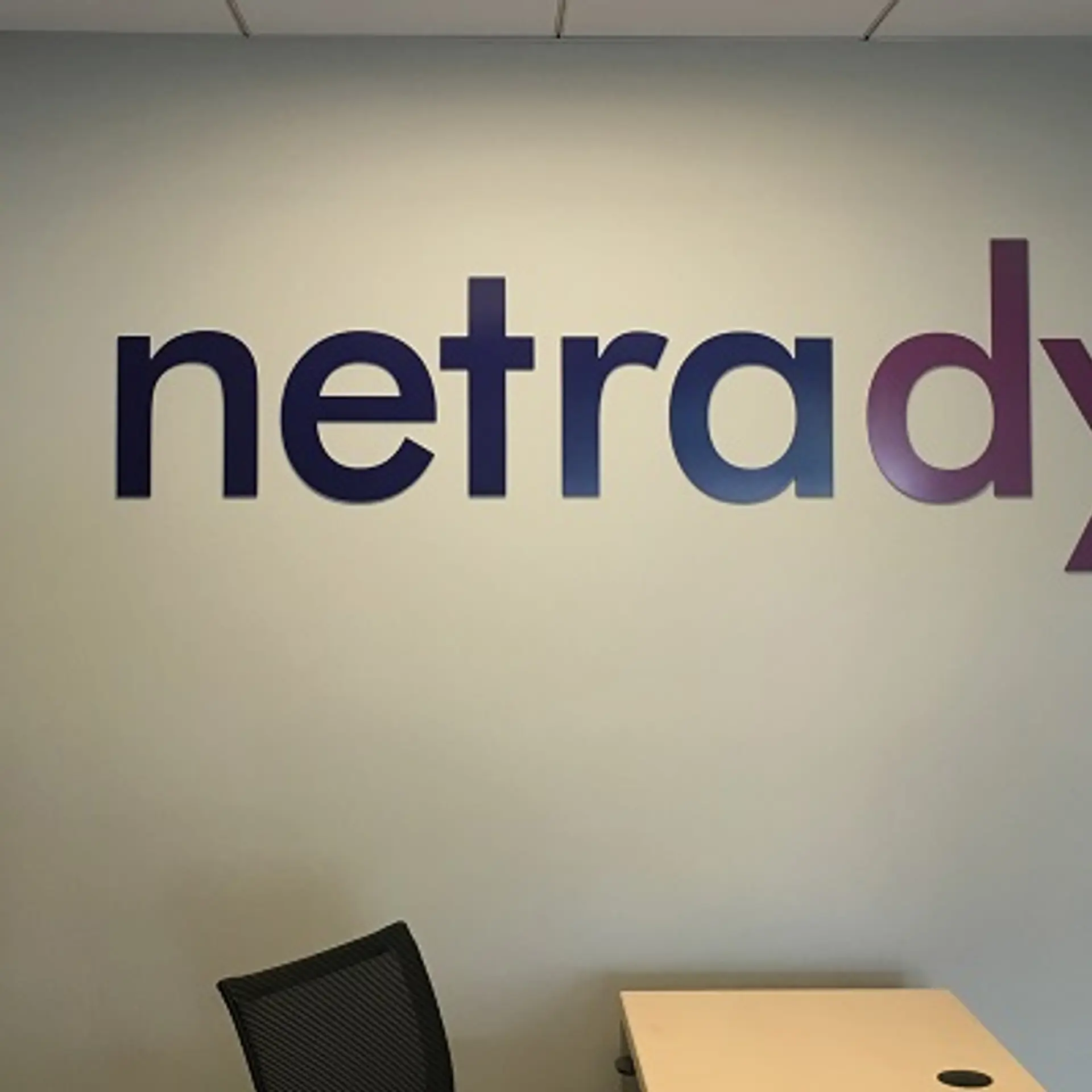Healthcare trends that will shape the industry in 2019
With the advent of a new year, it is imperative for healthcare industrialists and consumers to understand the forthcoming opportunities in 2019. Healthcare and technology are among the most critical realms of human importance, and hence with each passing year, the line between the two continues to blur. The following year is expected to involve an ascendance in value-based care where the measurement of health outcomes will outweigh the cost of delivering them. This will invariably give rise to home healthcare adoption.

In addition, the political emphasis laid on quality healthcare accessibility and affordability will only strengthen due to the upcoming elections in India. Furthermore, two of the most popular healthcare technologies of the decade will be tried and tested this coming year: artificial intelligence and blockchain technology.
Home healthcare
The benefits of cost-effectiveness, post-surgery recuperation and care during critical or end-of-life stages at the comfort of patients’ home are increasingly being understood. The fact that even home intensive care units (ICUs) are considered both feasible and comforting represents a change on the horizon in terms of critical care in India. It can save nearly 60 percent of hospital-stay charges while the quality of medical equipment and round-the-clock nurses and doctors are feeding the trend. This exemplifies one of the major value-based models in the healthcare sector. According to Forbes, up to 15 percent of global healthcare spending will be tied in some form with value/outcome-based care concepts by the end of the following year.[1]
Artificial Intelligence
Predictions by Forbes revealed that the AI Healthcare IT application market is expected to cross $1.7 billion by the end of 2019. It is further speculated that workflows will incur 10 percent to 15 percent productivity gain over the next two to three years by operationalising AI platforms across the healthcare industry. AI and machine learning are anticipated to further evolve human and machine interaction, particularly in imaging diagnostic, drug recovery, and risk analytics applications.
Out of hospital digital health-tech
The following year is predicted to overcome the trend of dependency and empower individuals in managing their own health through digital health applications. It is projected that digital health tech catering to out-of-hospital settings will grow by 30 percent to exceed $25 billion by the end of 2019. The primary drivers for this include increased cost burden from chronic health conditions and an ageing population. Hence, digital health solutions like Remote Patient Management devices, telehealth platforms, and mHealth applications will grow significantly.
Innovative private insurance
The current year observed slow growth in the health insurance at less than 1.5 percent. The policies are arguably aged and impersonalised. Hence, insurance companies have begun addressing these concerns and providing data and digital-driven healthcare services to policyholders. This will incur a more personalised experience and reduce costs from potential claims. It is hence speculated that 5 percent to 10 percent of health insurance plans will be linked to lifestyle and health data-driven interactive policies in some form by the end of 2019. Research from Frost & Sullivan reveals that interactive policies will continue to gain popularity as it enables insurance companies to leverage individual data and use it to personalise premiums and discounts/rewards. They will also begin covering home healthcare where with several novel low-cost solutions implemented in collaboration with doctors, patients, and healthcare companies.
Blockchain technology
The novel technology will shift from its perceived hype to an early commercial deployment in the new calendar. It is anticipated that 5 percent to 10 percent of healthcare enterprise blockchain applications will be promoted from the pilot stage to partial/limited commercial availability.
In conclusion
The following year will invariably be an exciting one for healthcare development. The need of the hour, however, is innovation both at the high as well as the lower end of the healthcare spectrum where the access problem is solved for the rural and remote areas and pricing problem is solved for the urban cities and metros.
(Disclaimer: The views and opinions expressed in this article are those of the author and do not necessarily reflect the views of YourStory.)







